Apple Aims to Democratize Cutting-Edge Technology with Affordable Vision Pro.
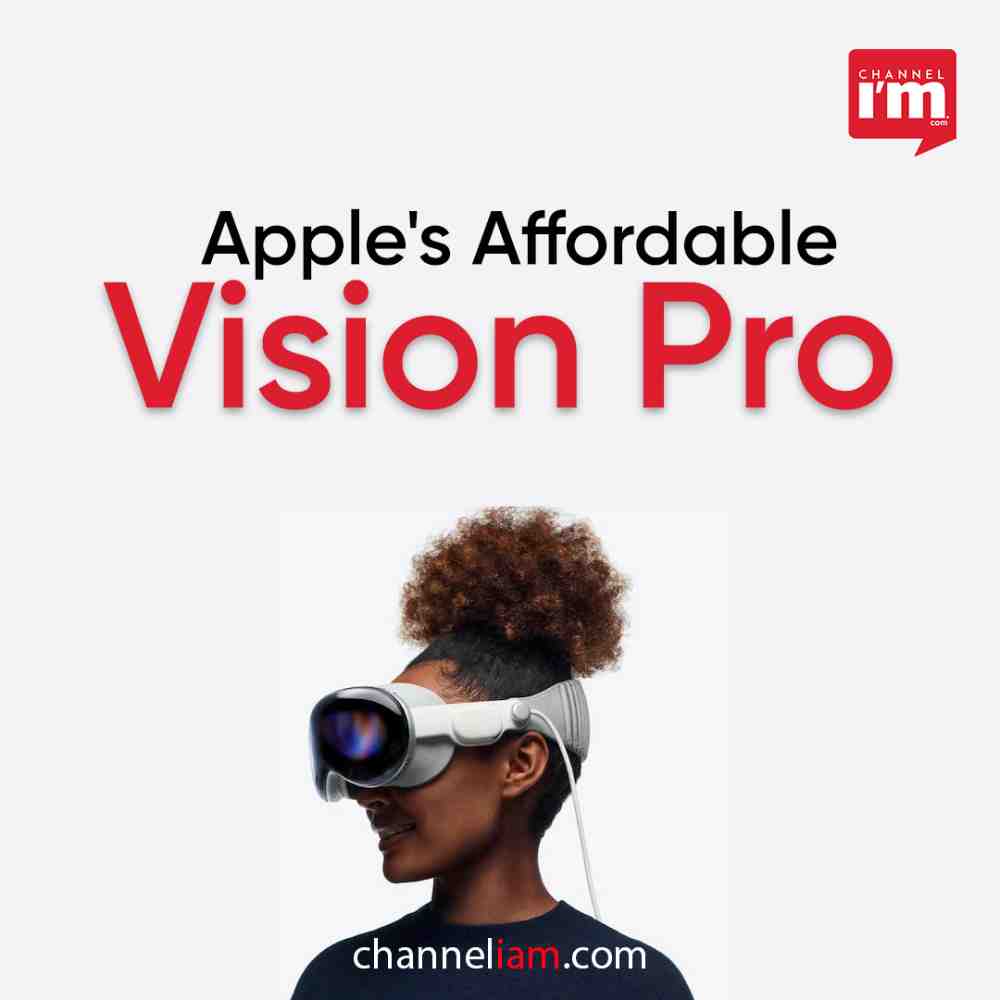
Tech giant Apple is reportedly developing a cheaper version of its ground-breaking Vision Pro, with the goal of making the innovative technology more accessible to a wider audience. The current Vision Pro’s steep price tag of $3,500 presents a challenge for mass appeal, prompting Apple to explore ways to reduce costs without compromising on quality and features.
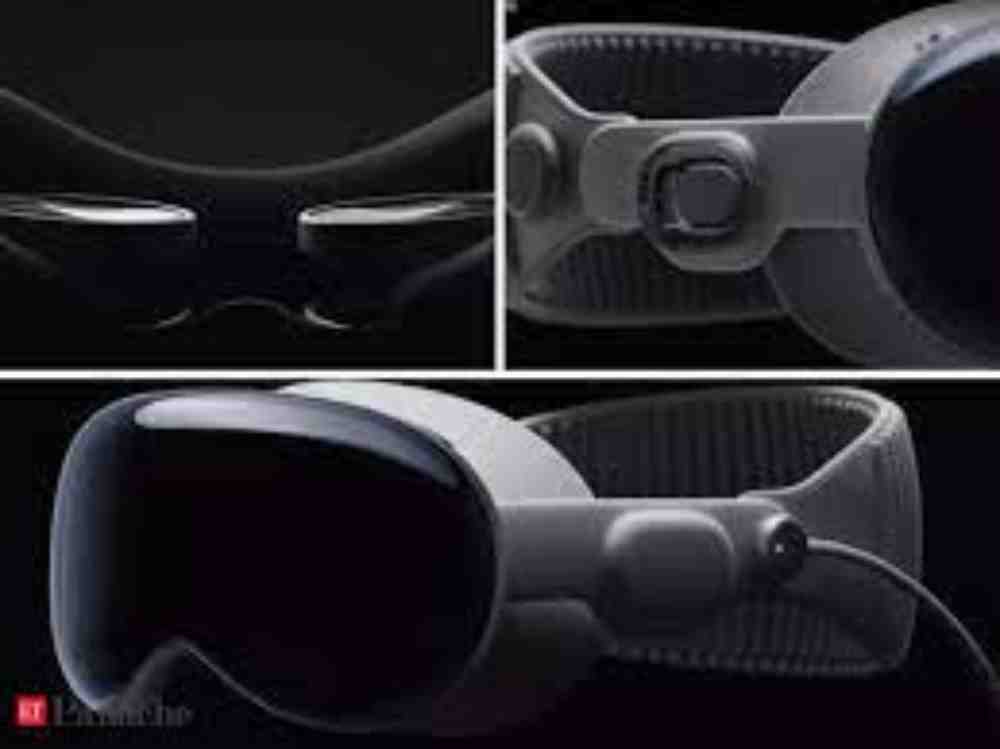
Apple is committed to expanding the reach of its Vision Pro technology by developing a more affordable variant, according to a report by Bloomberg’s Mark Gurman. The current Vision Pro’s price point, which stands at seven times higher than its main competitor, Meta Quest, could limit its adoption by a broader consumer base. To address this, Apple aims to release the cheaper model by the end of 2025, about two years after the original Vision Pro’s launch. This strategy aligns with Apple’s successful approach of offering multiple versions of its products, as seen with the iPhone and iPhone Pro models.
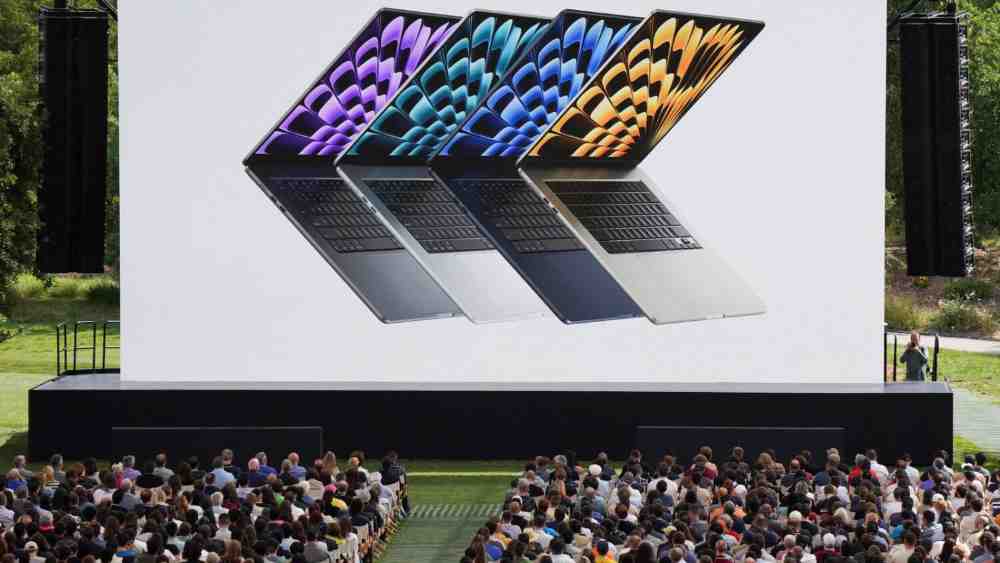
To reduce the cost of the cheaper Vision Pro model, Apple is expected to make several adjustments while aiming to maintain the core functionality and experience. The report suggests that expensive components, such as the camera and sensor array, dual Apple silicon chips, and twin 4K microLED virtual reality displays, may be replaced with more cost-effective alternatives. This could involve using lower quality screens, possibly adopting iPhone-grade or older Mac chips, and reducing the number of cameras for slightly diminished performance.
In addition to hardware changes, Apple may simplify the headband design, relying on AirPods for spatial audio instead of built-in speakers. The cheaper model might also feature manual inter-pupillary distance (IPD) adjustment, allowing users to physically modify the distance between their eye pupils. Certain features, such as the 3D camera, may be omitted to further reduce costs. These modifications, combined with streamlined production processes, economies of scale, and the utilization of a more cost-effective frame, could potentially lower the price of the Vision Pro by several hundred dollars.
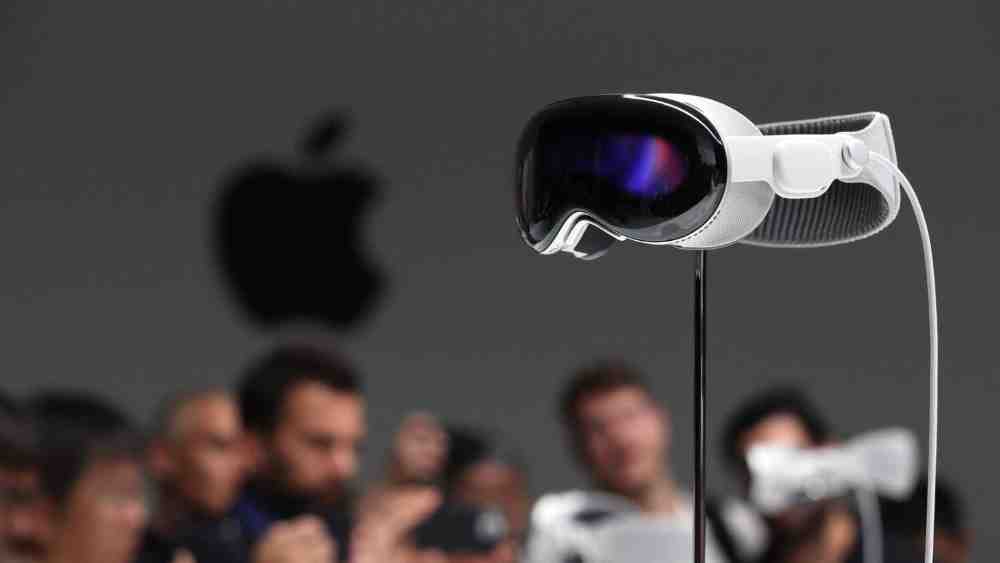
While striving to make the technology more affordable, Apple intends to retain crucial aspects that define the Vision Pro’s capabilities. The external screen, EyeSight, which displays the wearer’s eyes, and the eye- and hand-tracking system are likely to be preserved in the cheaper model. These features are integral to the Vision Pro’s immersive experience and will be crucial in attracting consumers to explore the category.
Apple’s initiative to develop a more affordable Vision Pro demonstrates its commitment to democratizing ground-breaking technology. By offering a more accessible version, Apple aims to appeal to a broader customer base eager to experience the advanced capabilities of the Vision Pro at a more reasonable price. The company’s strategy aligns with its track record of innovation and market leadership, as it seeks to revolutionize the landscape of virtual reality and augmented reality.
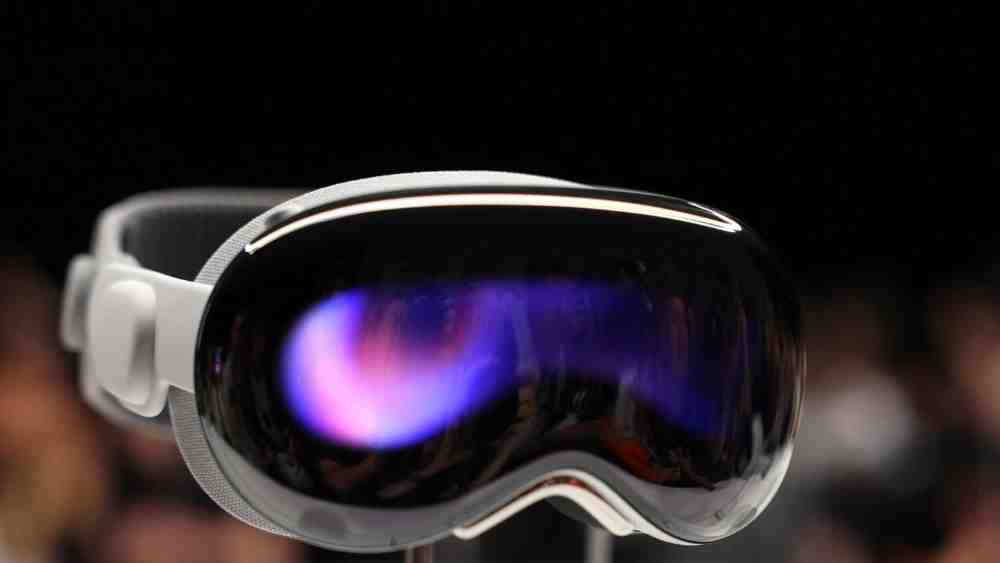
Apple’s endeavor to create a cheaper variant of the Vision Pro is poised to disrupt the market and extend the reach of its ground-breaking technology. By addressing the cost barriers associated with the current model, Apple aims to make the Vision Pro accessible to a wider audience. As the company progresses in developing a more affordable version, consumers can anticipate a future where cutting-edge technology is within reach for more individuals, fostering greater adoption and pushing the boundaries of immersive experiences.
